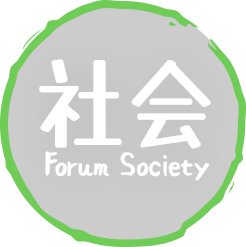During a cherry blossom festival, also known as Hanami, people gather under the cherry blossom trees to enjoy their beauty and celebrate the arrival of spring. The festivals are typically held at local shrines and parks, and they often include a variety of traditional activities and events.
One popular activity at the cherry blossom festival is picnicking under the trees. People bring blankets, food, and drinks and enjoy spending time with friends and family while appreciating the beauty of the cherry blossom trees. Many people also bring traditional Japanese snacks, such as bento boxes, sushi, and sake, to enjoy during their picnic. In some cases, people also hold parties and celebrations under the trees, with music, dancing, and other festive activities.
In addition to picnicking and partying, the cherry blossom festival also often includes other traditional activities and events. These can include traditional Japanese games, such as kendama and yo-yo, as well as performances of traditional music and dance, such as taiko drumming and kabuki theater. Many festivals also feature food and drink vendors, offering a variety of traditional Japanese treats and beverages for visitors to enjoy.
Another popular aspect of the cherry blossom festival is the lighting of lanterns. In the evenings, people often light paper lanterns and hang them from the cherry blossom trees, creating a beautiful and romantic atmosphere. In some cases, people also release floating lanterns into rivers or ponds, creating a stunning visual display.
Overall, the cherry blossom festival is a time of celebration and enjoyment, with people coming together to appreciate the beauty of nature and the arrival of spring. The festival offers a variety of activities and events, from picnicking and partying to traditional games and performances, and it is a unique and exciting experience for visitors to Japan.
Click here to Complete this Module




























